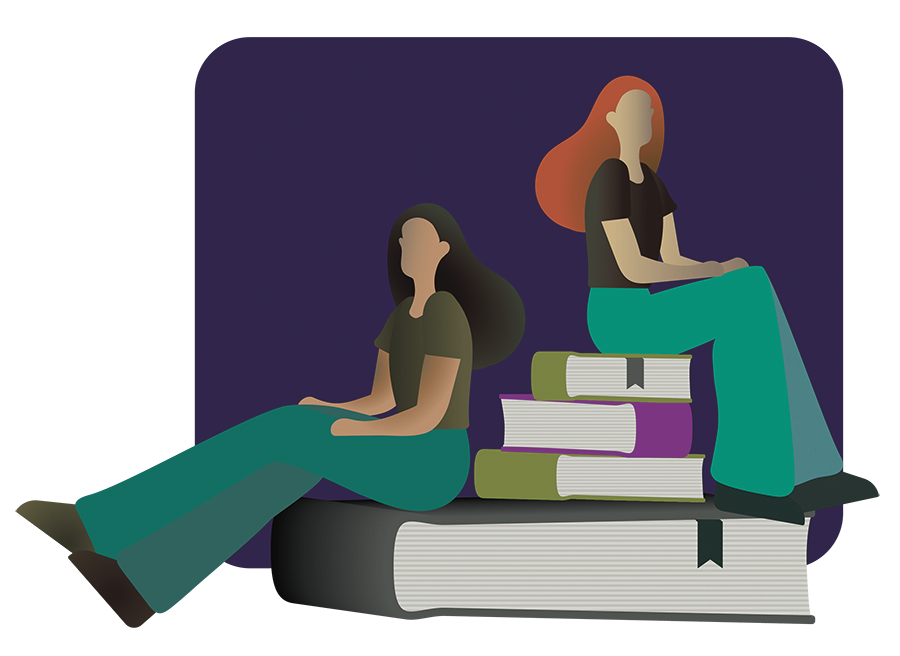Ghost bikes serve as reminders to be aware of bikers and pedestrians
September 30, 2015
They sit on street corners around the world. Bicycles painted white, chained to sign posts, waiting to be claimed by riders who will never come. Some carry plaques, some are wrapped in flowers and others stand alone. These are the ghost bikes that haunt our neighborhoods – eerie memorials for cyclists killed in crashes.
Madison has a few ghost bikes of its own, but arguably the most striking one is the bike stationed at the corner of E. Washington Avenue and First Street. It marks the death of Brendan Primm who died on July 24, 2013, after being struck by an SUV.
Ghost bikes occupy a strange place, in that they’re technically illegal, but most police officers won’t remove them unless they pose a safety hazard or there is a complaint lodged against them. The latter is exactly what happened to Primm’s bike in early 2015. Police then tagged the bike as abandoned property, so John Primm, Brendan’s dad, took the bike down, along with all its lights, flowers and balloons, decorations that had been painstakingly maintained and changed in accordance with the seasons and holidays.
According to an article published for the Capital Times online, someone from the community anonymously replaced the bike with another blue one, which was later replaced with a red and silver bike that remains there to this day adorned with flowers.
For me this affirms a belief I’ve held since the day I first learned about ghost bikes. The belief that they may occupy a strange place legally, but within a community, they serve as powerful reminders to everyone what is at stake when we take to the streets, be it in a car, on a bike, or on foot.
In the case of Brendan Primm, with his bike first maintained and looked after by a mourning father and later by anonymous community members, it stands out as a clear sign to those who pass that a person who was loved perished there and has left others behind to pick up the pieces.
Regardless of where you stand in the argument for bicycles in city streets, when we see a ghost bike, we should think twice about our actions. Who truly has the right of way, and what cost am I willing to pay to prove that it is mine? This reminder is as much for cyclists as it is for motorists and pedestrians.
It is my belief that it doesn’t matter who is wrong or who is right in this; what matters is that people can die and they don’t have to. We can protect ourselves, we can protect each other and ghost bikes are there to remind us why.






























